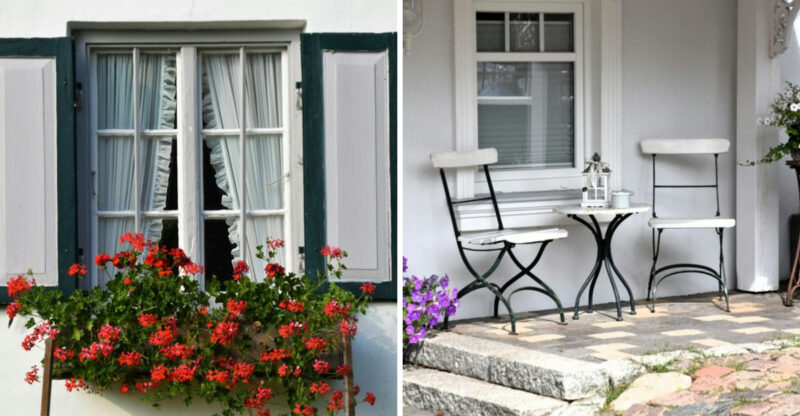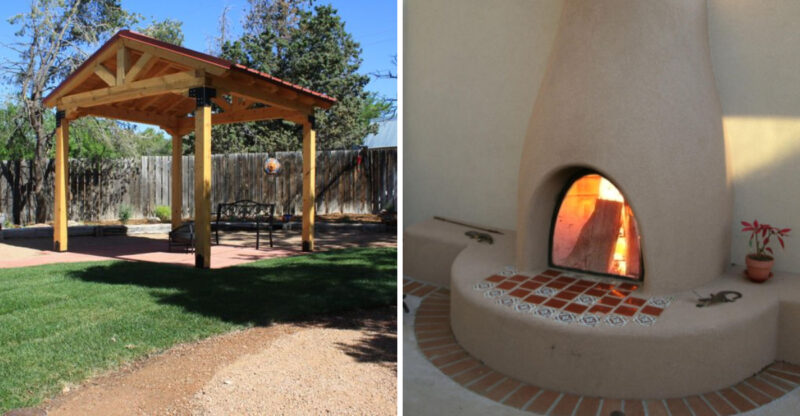7 Common Yard Elements That Can Draw Mosquitoes
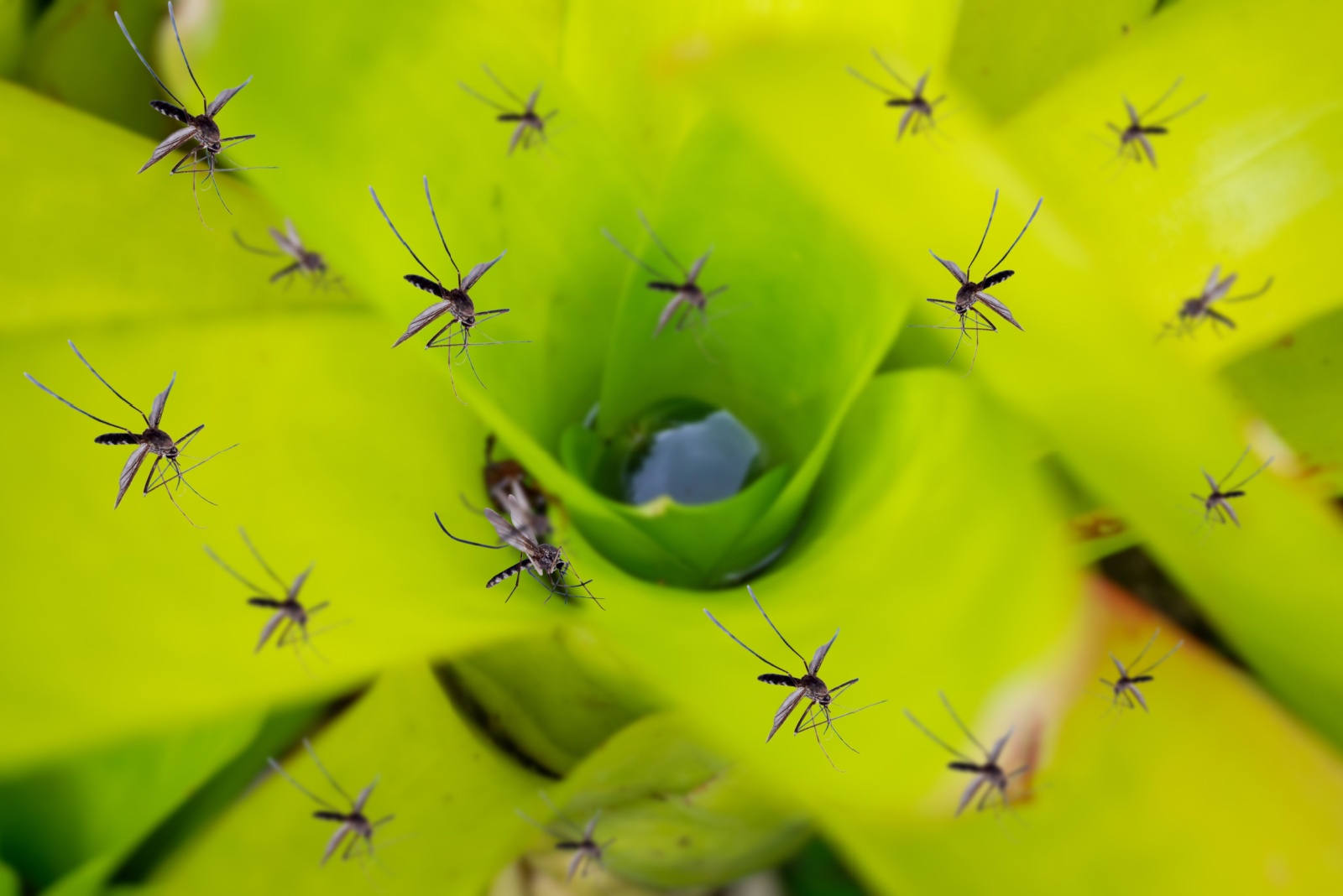
Ever step into your backyard on a warm evening, only to be greeted by an unwelcome swarm of mosquitoes? These pesky insects aren’t just irritating, they can put a real damper on outdoor relaxation and even pose health concerns.
Many common yard elements can unintentionally create the perfect environment for them to thrive. In this article, we’ll look at seven features that often attract mosquitoes and how understanding them can help you enjoy your outdoor space more comfortably.
The information in this article is based on widely accepted descriptions and publicly available knowledge about mosquito habitats and behavior. Actual mosquito activity may vary depending on regional climate, yard maintenance, and environmental conditions.
1. Standing Water In Forgotten Containers
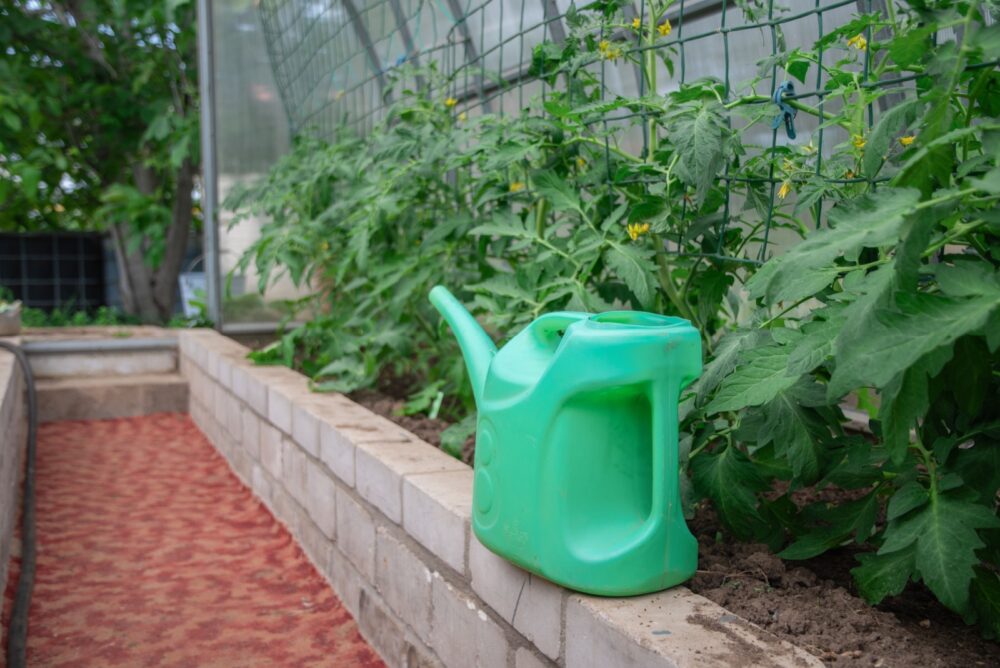
Did you know a bottle cap of water is enough for mosquitoes to breed? I constantly remind my clients to check their yards for forgotten flowerpots, buckets, and even children’s toys collecting rainwater.
These tiny breeding grounds can produce hundreds of mosquitoes in just a week. Empty and scrub these containers regularly, or better yet, store them upside down when not in use.
2. Overgrown Grass And Weeds

Tall grass provides the perfect daytime hiding spots for these bloodthirsty pests! Mosquitoes seek shelter from the sun in shady, humid areas, and unmaintained lawns create ideal resting places.
Regular mowing doesn’t just improve your yard’s appearance, it significantly reduces mosquito habitat. Keep grass under 3 inches tall, especially in areas near patios where you spend time outdoors.
3. Bird Baths And Decorative Ponds
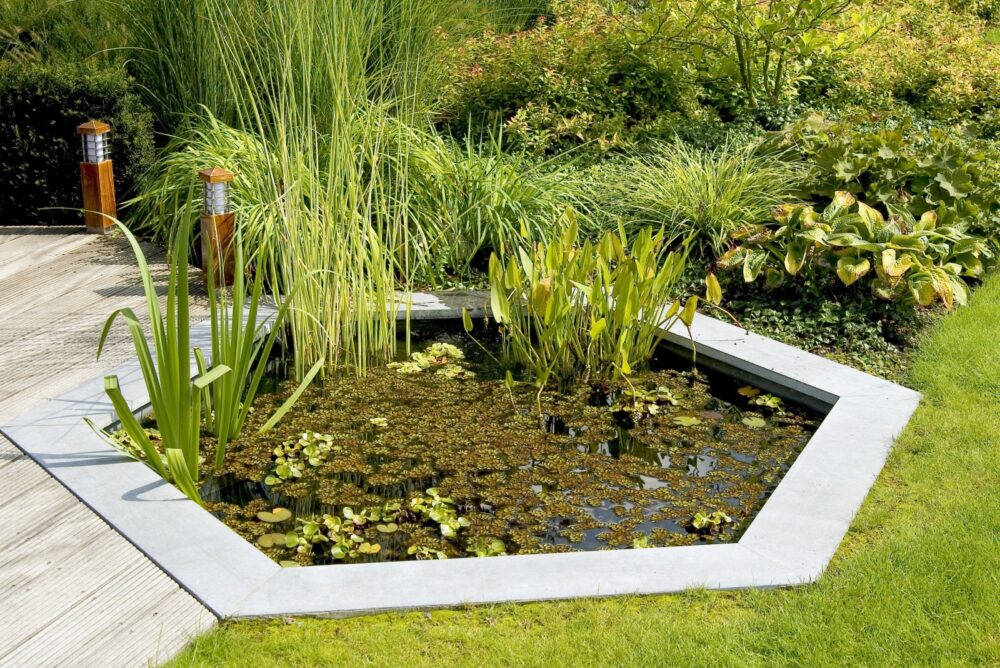
Those charming water features might be inviting more than just songbirds! Bird baths and decorative ponds without proper circulation become mosquito nurseries if water sits stagnant for more than a few days.
Don’t abandon your water features, simply add a small pump or fountain to keep water moving. For bird baths, I recommend changing water twice weekly and scrubbing the basin to remove any eggs.
4. Clogged Rain Gutters

Where do mosquitoes find water you can’t easily see? Look up! Gutters filled with leaves and debris trap water in hidden pockets along your roofline, creating perfect breeding conditions.
Many homeowners forget this mosquito hotspot until it’s too late. Clean gutters twice yearly, typically in spring and fall, to prevent both water damage to your home and unwanted mosquito nurseries above your head.
5. Dense Shrubs And Vegetation

Though lush plantings create privacy, they might also harbor unwanted guests! Dense shrubs and overgrown vegetation provide ideal resting spots for mosquitoes during hot daylight hours.
Prune bushes regularly to improve air circulation and reduce humidity. I always suggest thinning inner branches rather than just shearing the outside. This maintains the plant’s natural shape while eliminating mosquito hideouts.
6. Leaky Outdoor Faucets
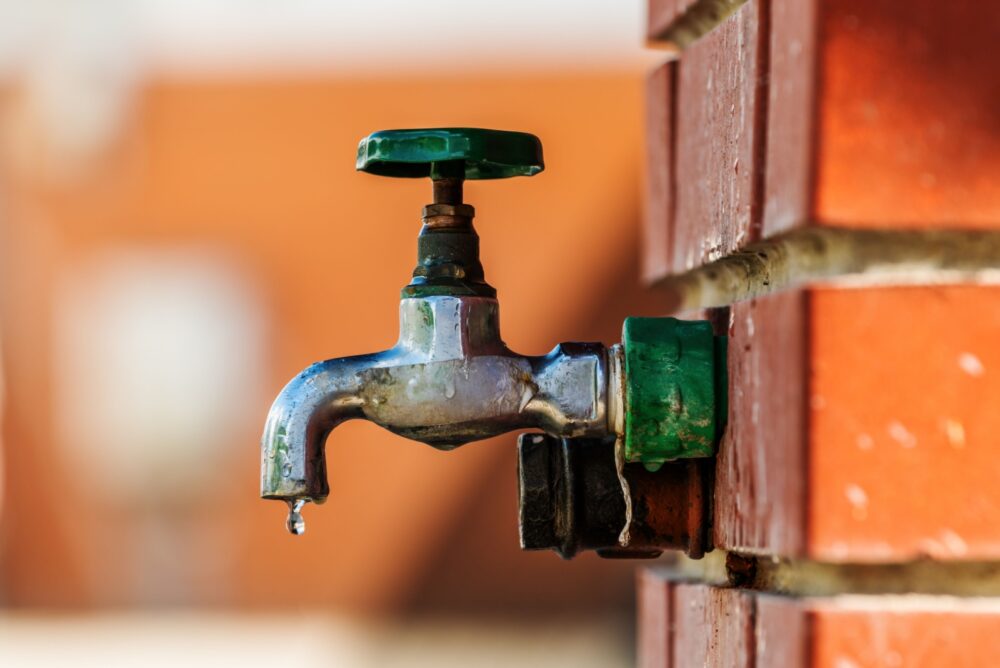
That persistent drip-drip-drip isn’t just wasting water, it’s inviting mosquitoes! Even small puddles from leaky spigots or irrigation systems provide enough moisture for mosquito breeding.
Check all outdoor water sources regularly for leaks. A simple washer replacement often solves the problem. For areas where water naturally collects, consider adding gravel to improve drainage and eliminate standing water.
7. Overripe Fruit From Trees
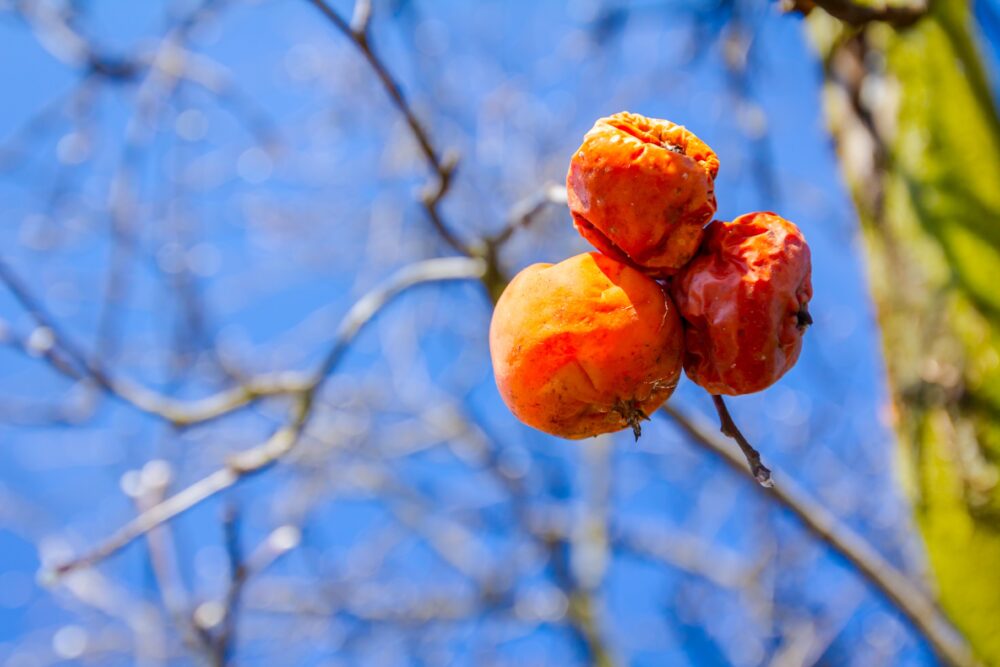
How often have you forgotten to harvest all your fruit? Fallen apples, peaches, or berries don’t just attract bees, they’re mosquito magnets, too!
The sweet juices provide essential nutrients female mosquitoes need for egg production. Harvest fruit promptly when ripe and clean up fallen fruit regularly.
If you can’t use all your produce, consider donating extras to food banks rather than letting them become mosquito food in your yard.



